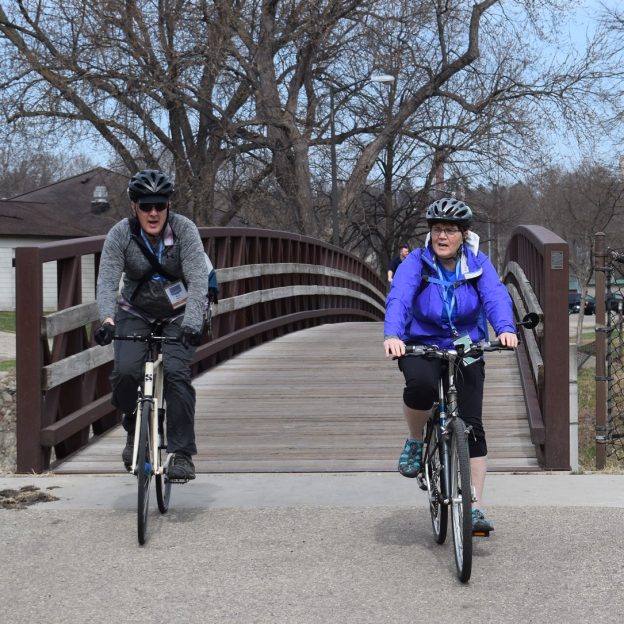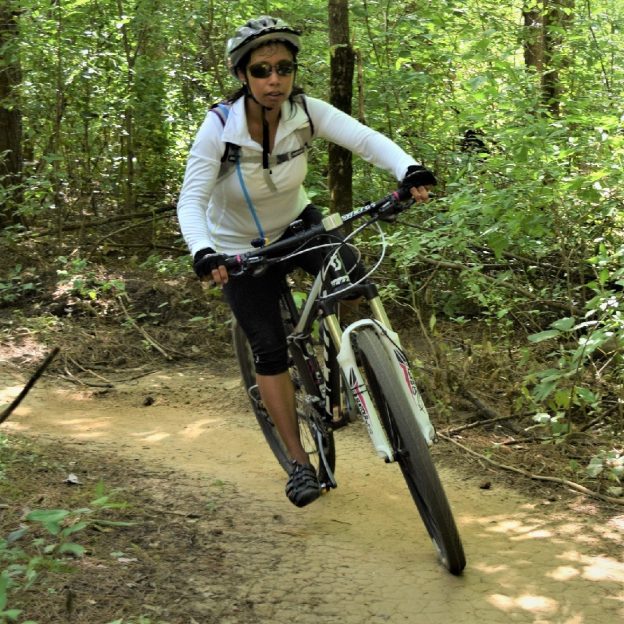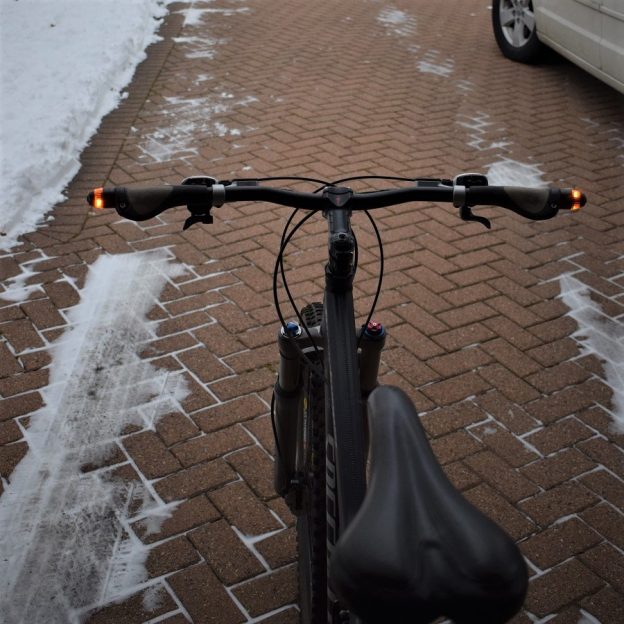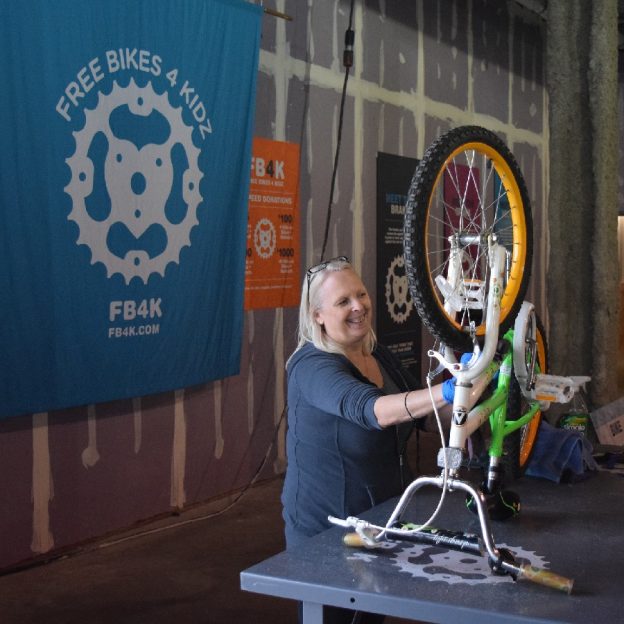Category: News
-

As birds and flowers return, here are several spring events to enjoy!
Thanks to the Bicycle Alliance of Minnesota (Bike MN) recent newsletter. Here are more spring bike/walk events scheduled for May and into the summer that might interest you.
-

Southeast Minnesota has a new bike ride tradition
Join “We Bike Rochester” in southeast Minnesota as they celebrate the incredible trail network that winds around the city with the Med City Meander, on Mary 25th. For years, “We Bike Rochester” has been working to bring community engagement around biking and walking. MCM has partnered with the Bicycle Alliance of Minnesota (BikeMN) to create…
-

The MN Ironman Bike Ride is now the Freebike ride
Since 1967, the Minnesota Ironman Bike Ride has challenged bicyclists around the upper Midwest yearly. Today, Free Bikes 4 Kidz (FB4K’z), the event’s benefactors, keeps everything cyclists love about Minnesota’s longest-running bike ride, fun. This year they are giving it a new name, a new look, and another new location and routes to the ride.…
-

Ride the early spring gravel race in the driftless area
The Driftless 100 Ride Gravel Race (previously the Volga City 105) is a hilly road race (mainly gravel) through Clayton County. And yes, this race is in Iowa, if your bike knows no borders. A short distance from the Minnesota border, you will find beautiful landscapes in one of Iowa’s best-kept secret places. If you…
-

Save the date for the annual Minnesota Bike/Walk Summit
Advocating for people who bike and walk, on March 14th, is Minnesota’s Bike/Walk Summit, in St Paul. One of the most important events, the Bicycle Alliance of Minnesota (BikeMN) needs your help at the Bike/Walk Summit. If you live in Minnesota, your presence is requested to help educate the elected leaders about the State’s bicycling issues…
-

Twin Cities Metro mountain bike trails to enjoy
In the Twin Cities Metro Area, find an extensive network of rugged single-track and easy-to-moderate mountain bike trails to enjoy. Explore the following list, with many regional and city parks that maintain off-road trails to provide riders at every skill level with a fun experience. Whether you are seeking a serene roll or a challenging thrill,…
-

Making a bicycling experience safer with a handlebar blinker light system
At HaveFunBiking, we have shared blinker systems embedded in bicycle helmets and rear-mounted signaling lights. Now, for those with flat bicycle or scooter handlebars, the WingLights might be worth checking out. This inexpensive directional light system (a perfect stocking stuffer) is easy to mount on each end of the handlebars. Then, when turning, tap the…
-

Put smiles on kid’s faces by helping prep FB4K bike giveaway
If you live near or close to the Twin Cities, help the Free Bikes 4 Kidz (FB4K) bike giveaway program in its 15th year. Volunteer to help put more smiles on children’s faces. Donate your time to help clean, prep, or wrench some of the thousands of bicycles collected this year for their distribution drive…
-

The 2023 e-bike contest at HaveFunBiking has a winner
Congratulations, Zamira Mendoza, from Redwing, MN, our e-bike contest winner. She won the new Magnum Navigator X, from our 2023 Minnesota Bike/Hike Guide campaign. It was refreshing to see her enthusiasm and plans on how she will use the bike. She is excited and plans to use her new e-bike to commute to work. With the…
-

Add visibility in fall’s limited light for a memorable ride.
With fall session riding in full swing, using passively bright gear is a critical component to being better seen while riding our bikes. The two primary forms of visibility we need to focus on are passive and active visibility. Things like reflectors and bright colors are forms of passive visibility. In contrast, lights and blinkers…
